Introduction to First Move Advantage in Chess
In the game of chess, deciding who makes the first move can subtly influence the outcome of the game. Pursuant to the rules established by the World Chess Federation (FIDE), the choice of which player moves first is crucial because the player who moves first, who commands the white pieces, is generally believed to have a slight advantage. This belief is backed by statistical analysis in tournament play. Understanding how the first player is determined in various settings—from casual games to official tournaments—can provide valuable insights into the deep-seated traditions and rules of chess.
Traditional Methods for Deciding Who Goes First
Historically, several methods have been employed to decide who will make the first move in chess. These methods have evolved, incorporating more standardized practices especially in structured or competitive play.
Coin Toss
One of the simplest and oldest methods is the coin toss. Similar to many other sports and games, a coin toss is quick, easy, and is perceived as a fair method of determining who goes first, relying entirely on chance.
Choosing Colors
Another traditional method involves one player holding one white pawn and one black pawn in either hand. The other player then selects a hand. The color of the pawn in the chosen hand determines the color of the pieces they will play with, thereby deciding who moves first. This method adds an element of surprise and is still in use in informal settings.
Rules in Official Chess Tournaments
In official chess tournaments, the decision of who moves first is guided by more structured rules to ensure fairness and transparency.
Pre-determined Color Allocation
In many chess competitions, the allocation of who plays with the white pieces is predetermined. This can be achieved by drafting out the colors each player will play in every round of the tournament, often done well in advance. This method ensures equal opportunities for all players over the course of a tournament as they alternate colors.
The Use of Chess Clocks
In tournaments, the first move decision can also be integrated with chess clocks. Each player may press one of two buttons on a chess clock, with the color set randomly or pre-determined by the tournament’s rules. Whichever button gets pressed first, assigns the corresponding color to that player.
Rating and Ranking based Decision
In some formats, particularly in matchups where players face off multiple times, the player with the higher ranking or rating may be given the choice of color at the start of the first game, with players alternating colors in subsequent games. This technique is frequently employed in championship matches or tiebreak situations.
Modern Adaptations and Technology
With the advent of digital technology in chess, new methods for deciding who gets the white pieces have emerged, especially in online platforms. Random number generators and other impartial digital systems are often used to determine first move rights, ensuring a fair process that is free from human error or biases.
Cultural and Psychological Aspects
The decision on who goes first in chess can also have psychological impacts on players. Knowing the slight statistical advantage that white pieces might offer, players might psychologically prepare or alter their strategies based on the color of the pieces they end up with. Furthermore, in high-level play, players often prepare specific strategies for either color, fine-tuning their approach to capitalize on the advantages or mitigate the disadvantages of each side.
Conclusion
The tradition and rules regarding who goes first in chess provide an interesting glimpse into the evolution of the game, reflecting both historical practices and the integration of modern technology. Whether through a simple hand gesture of choosing a pawn or via sophisticated digital randomization, the determination of the first move in chess remains a critical starting point that adds a layer of strategy and fairness to the revered game.
Explore our large collection of luxurious chess sets!


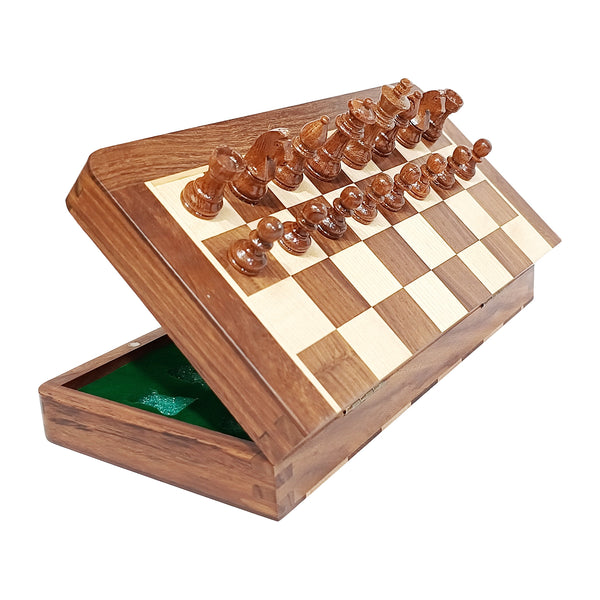
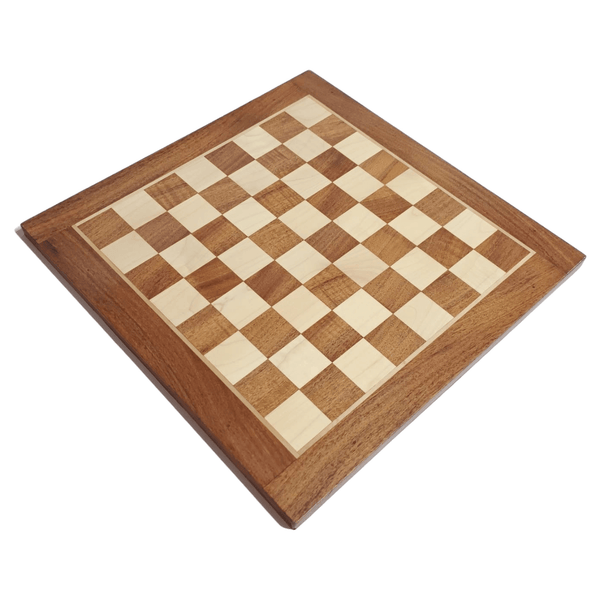

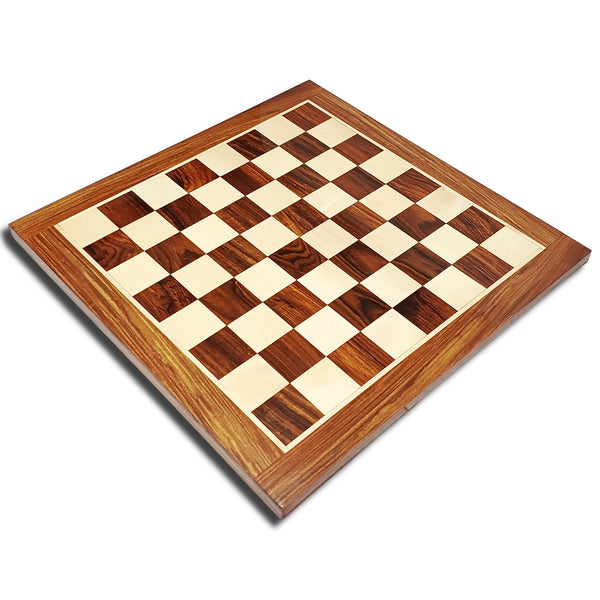
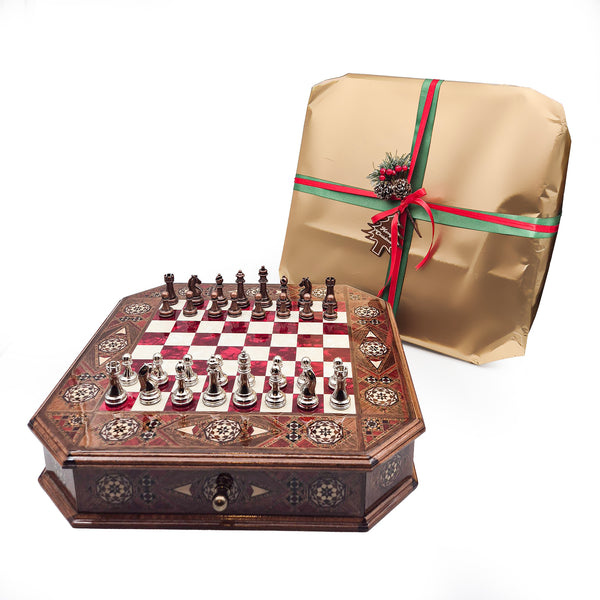
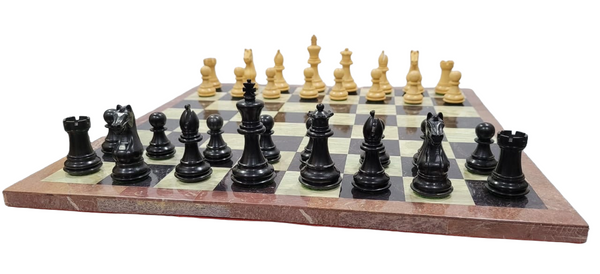







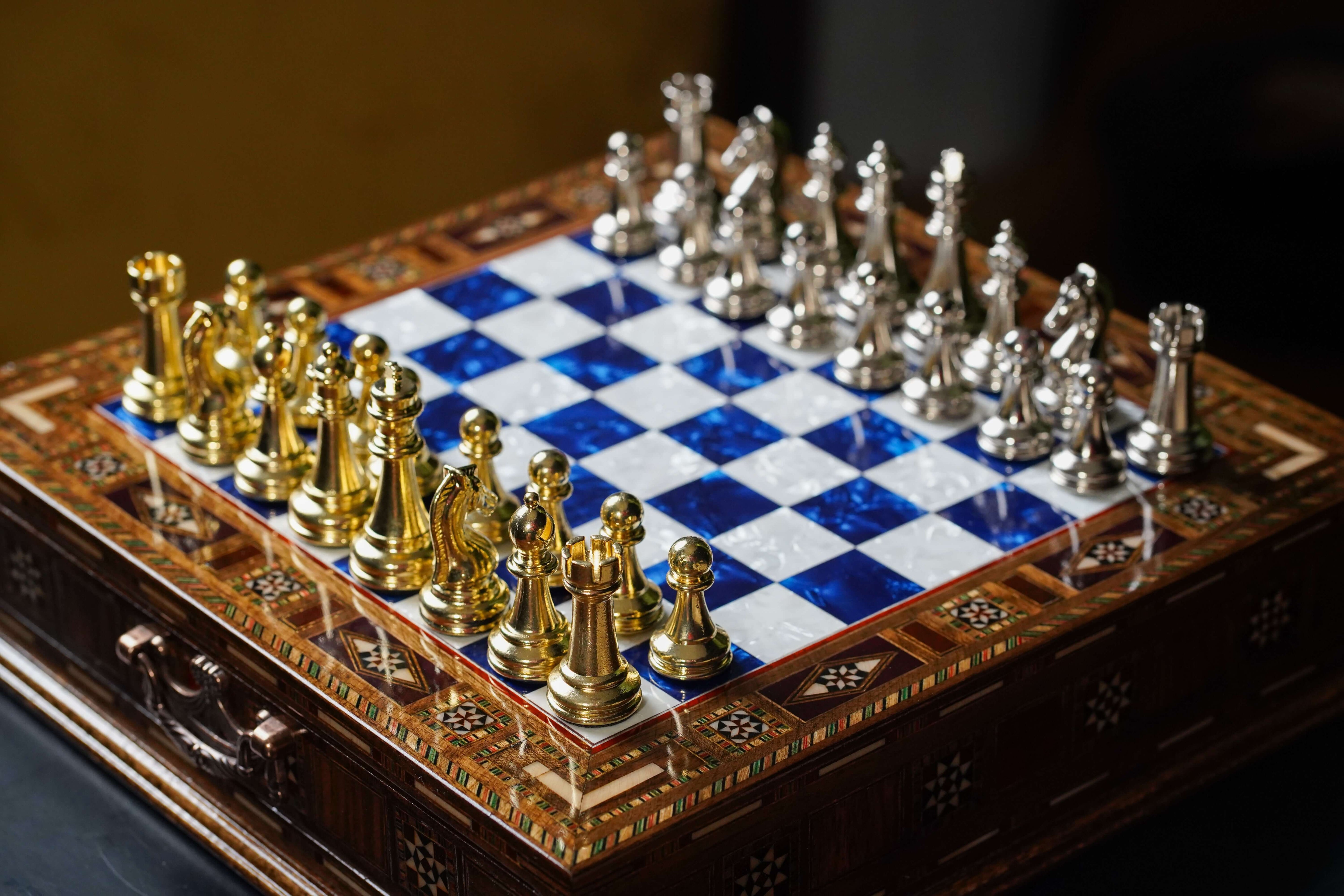
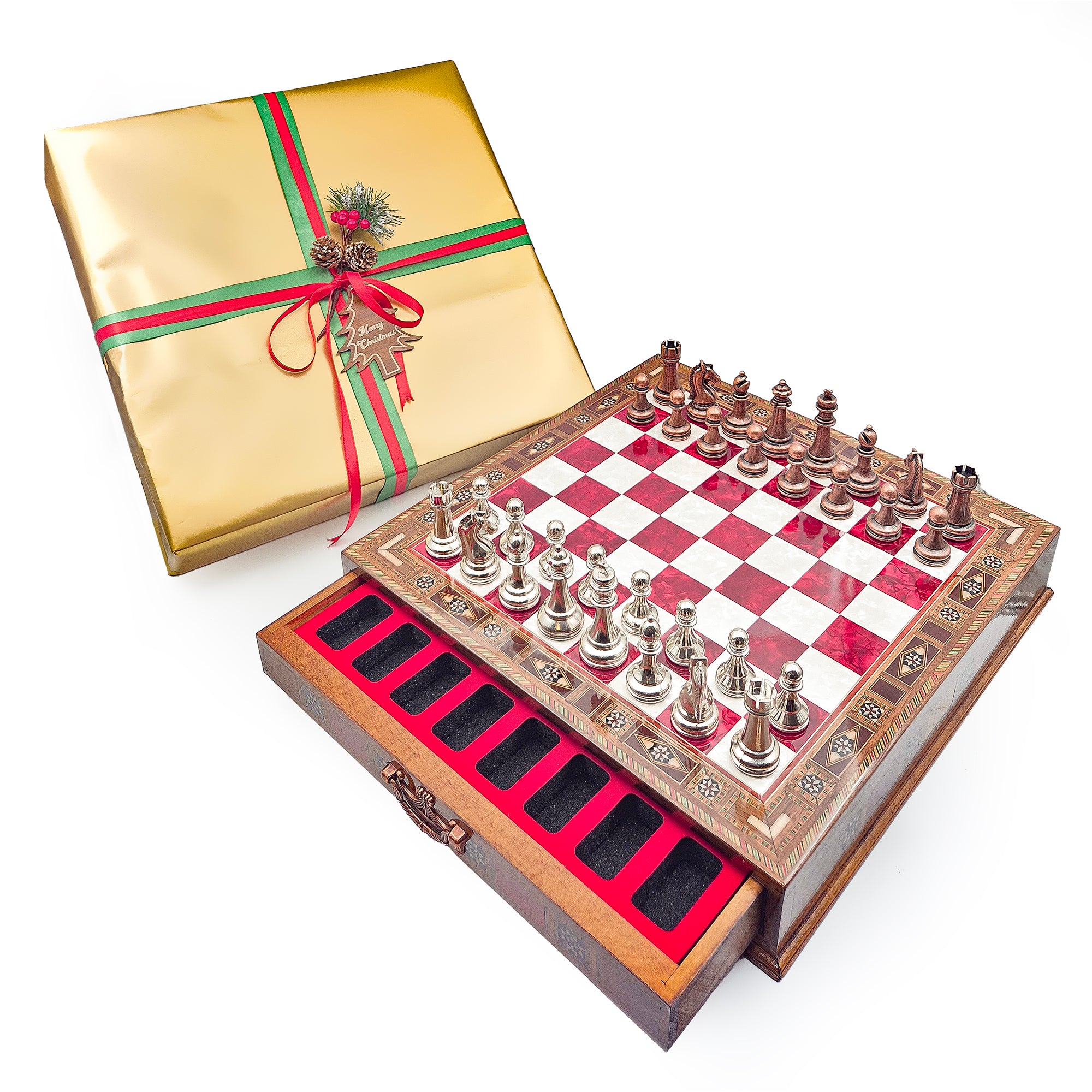
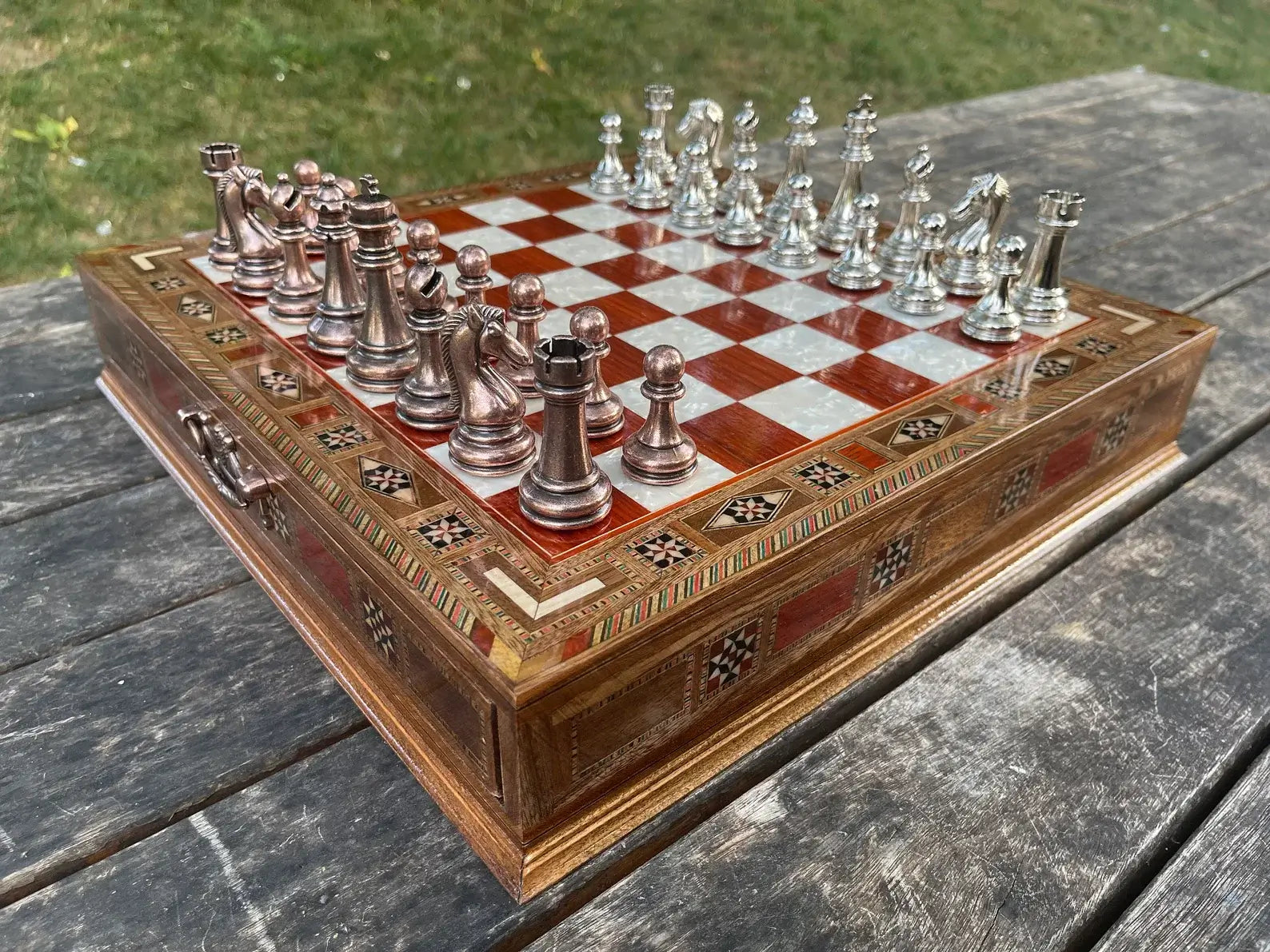
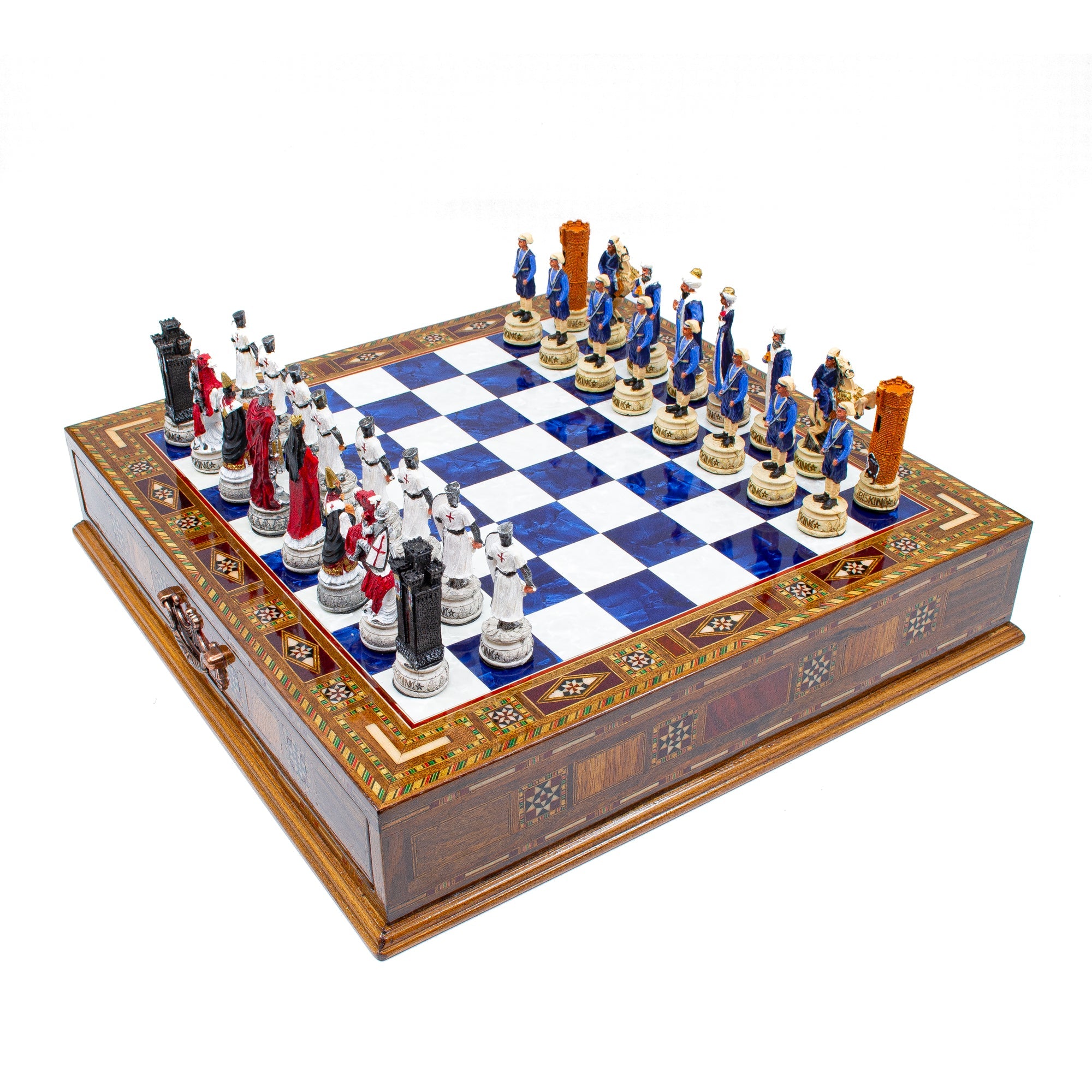
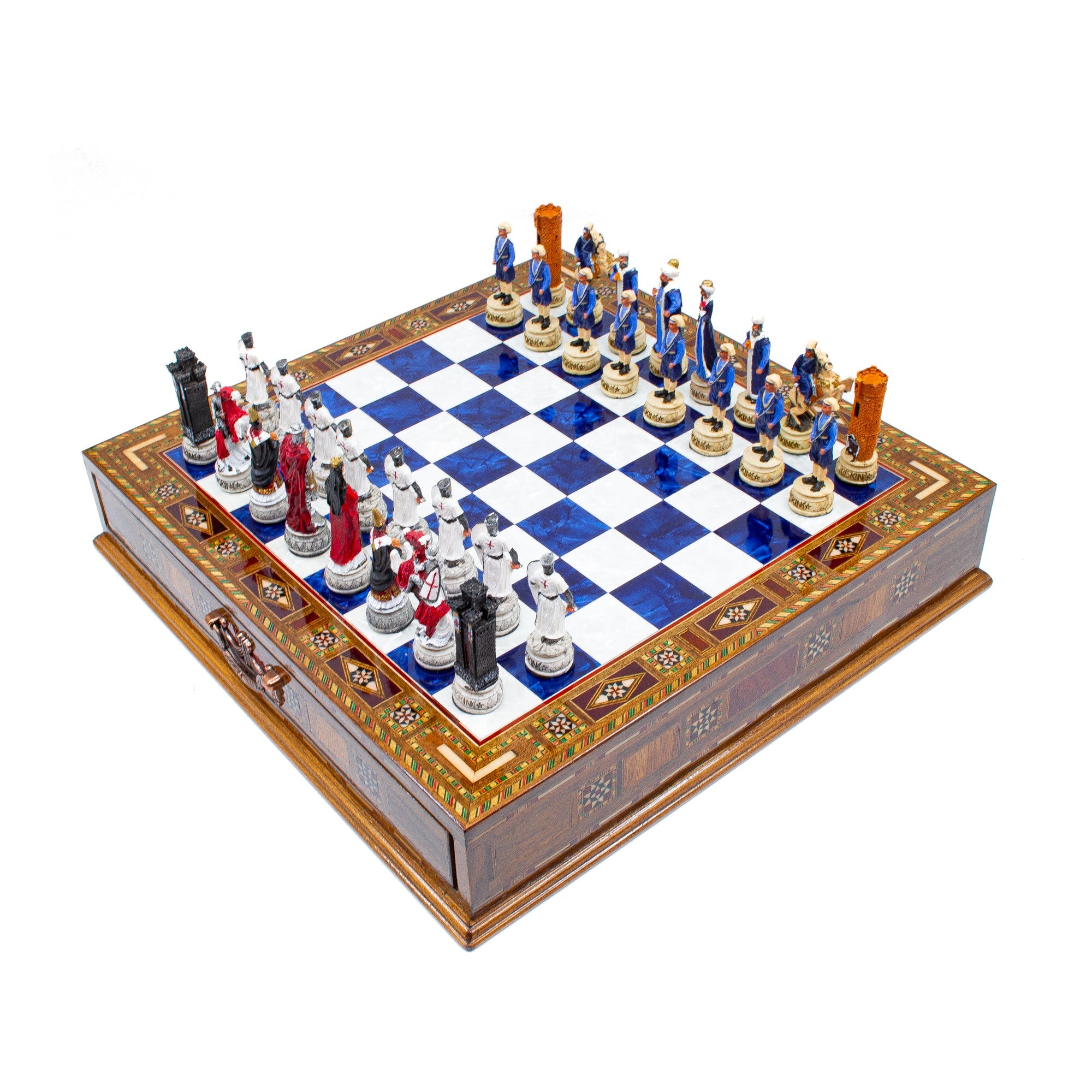
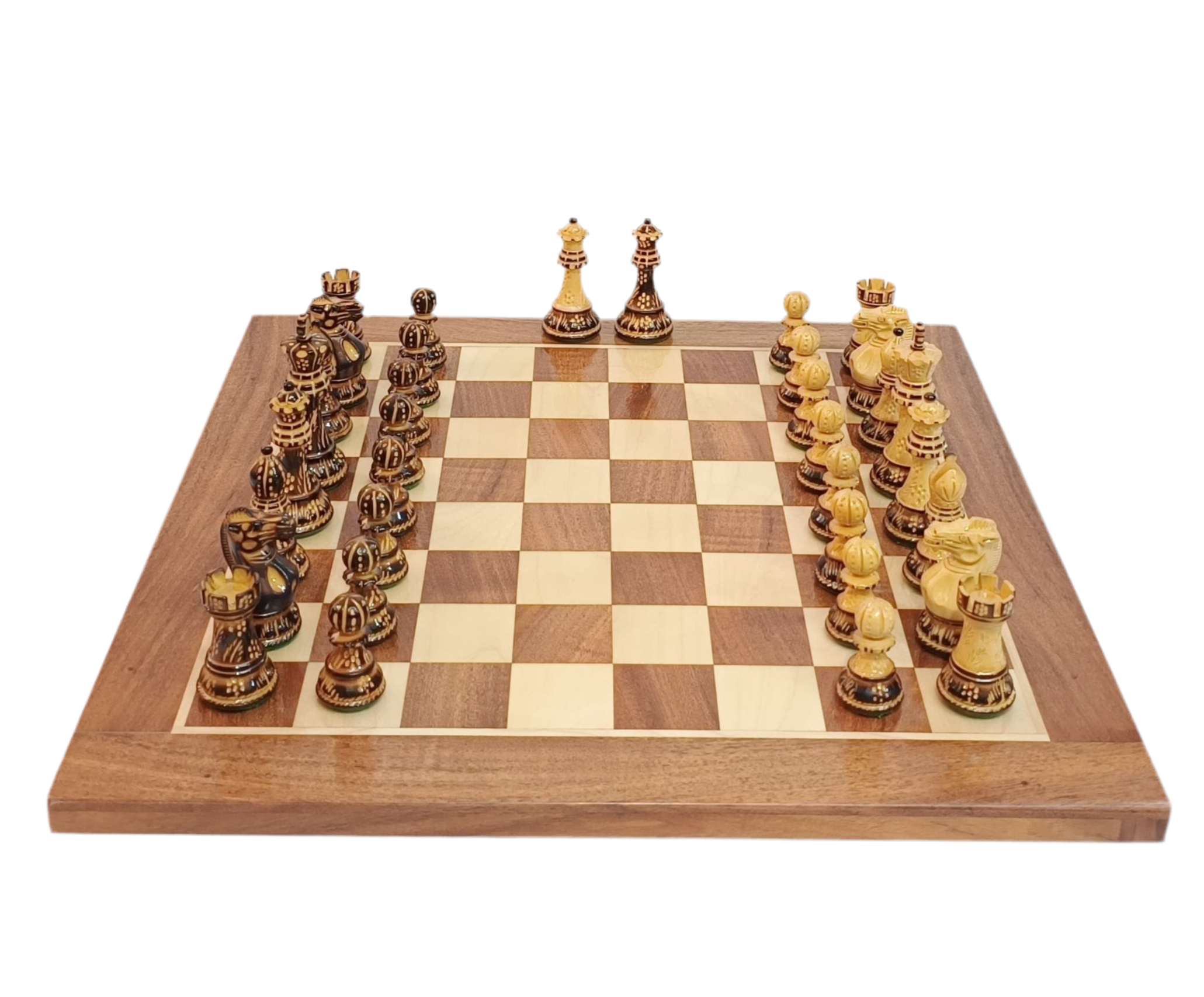
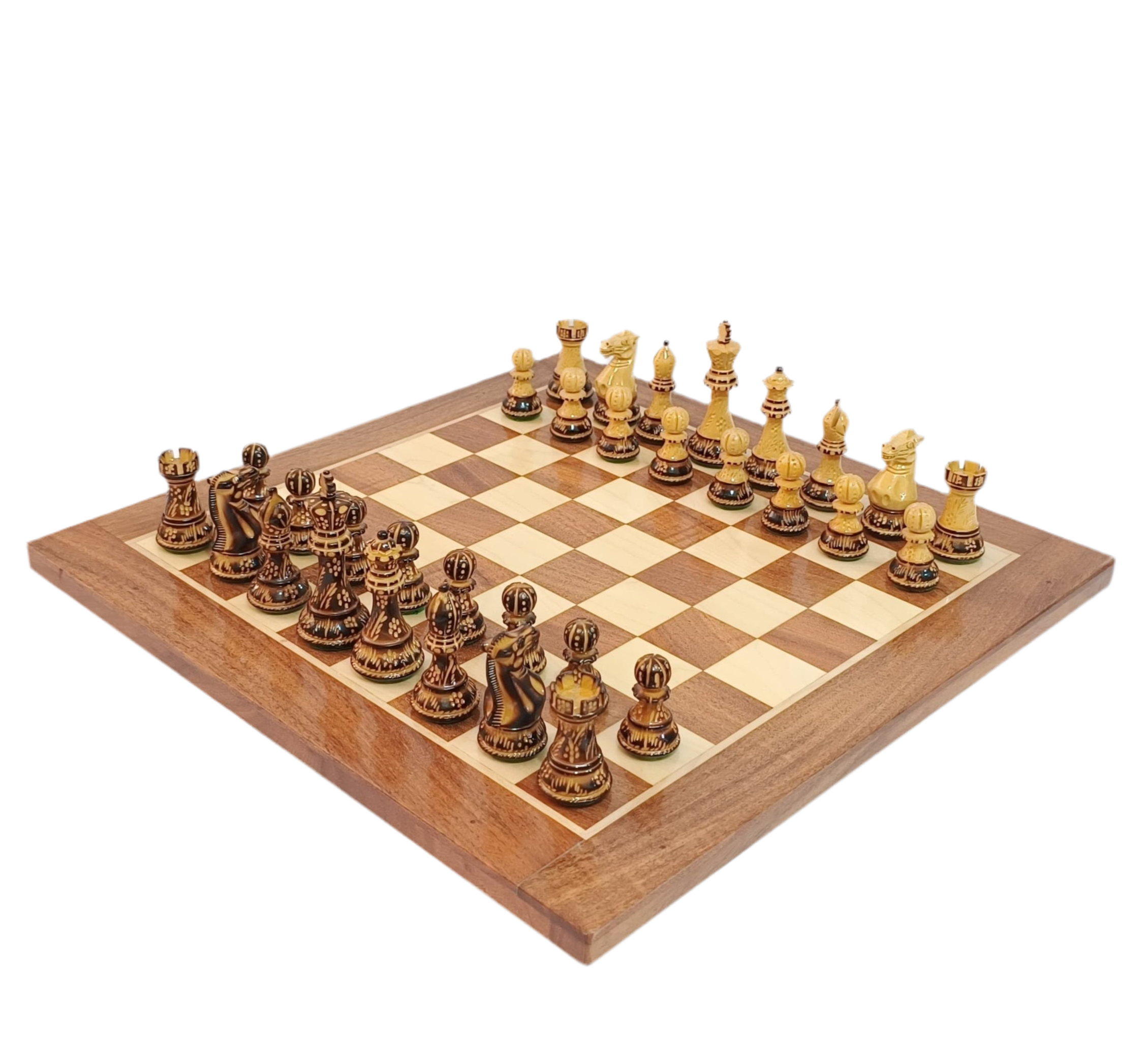

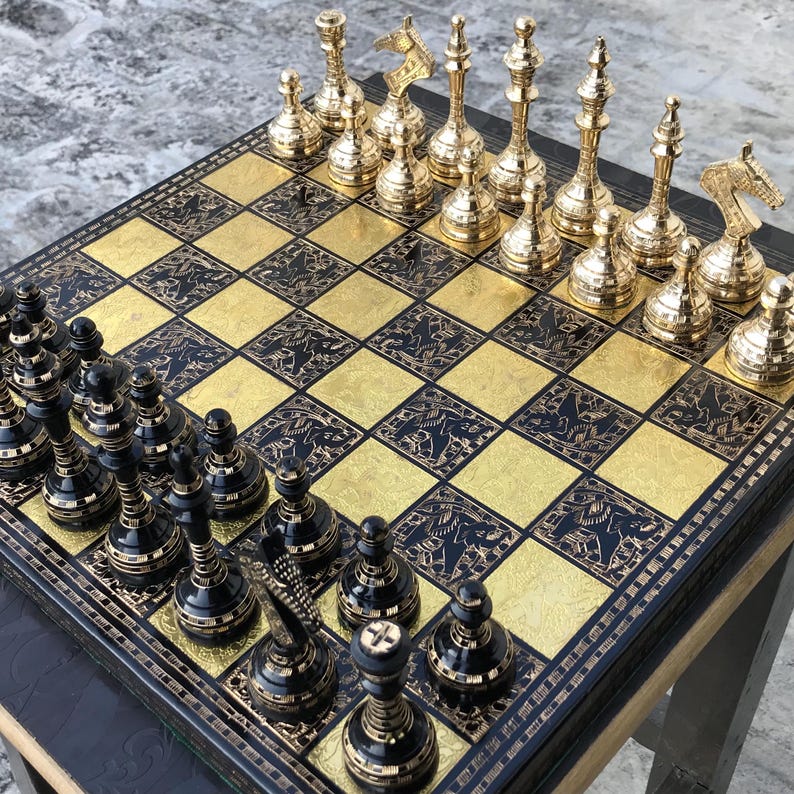


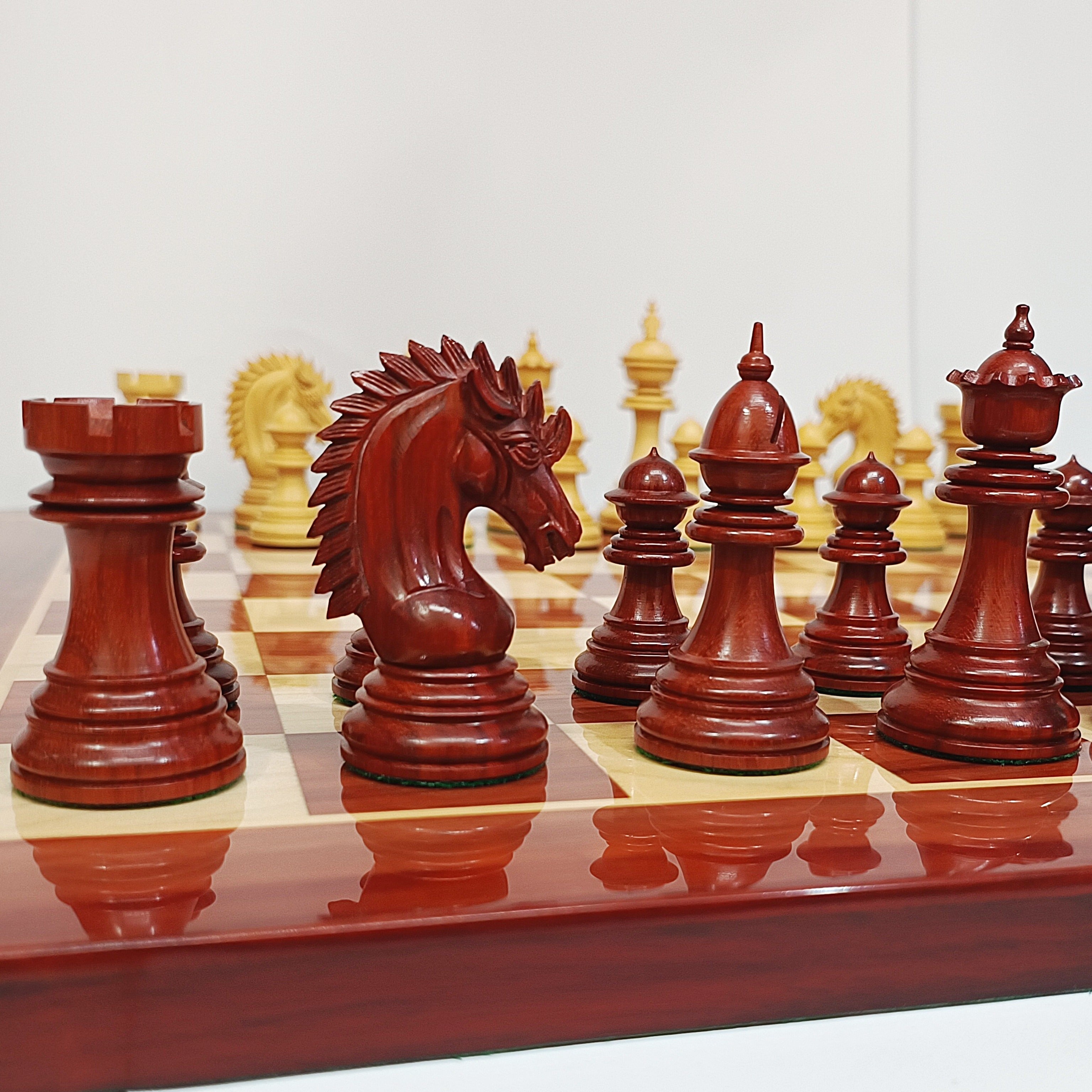
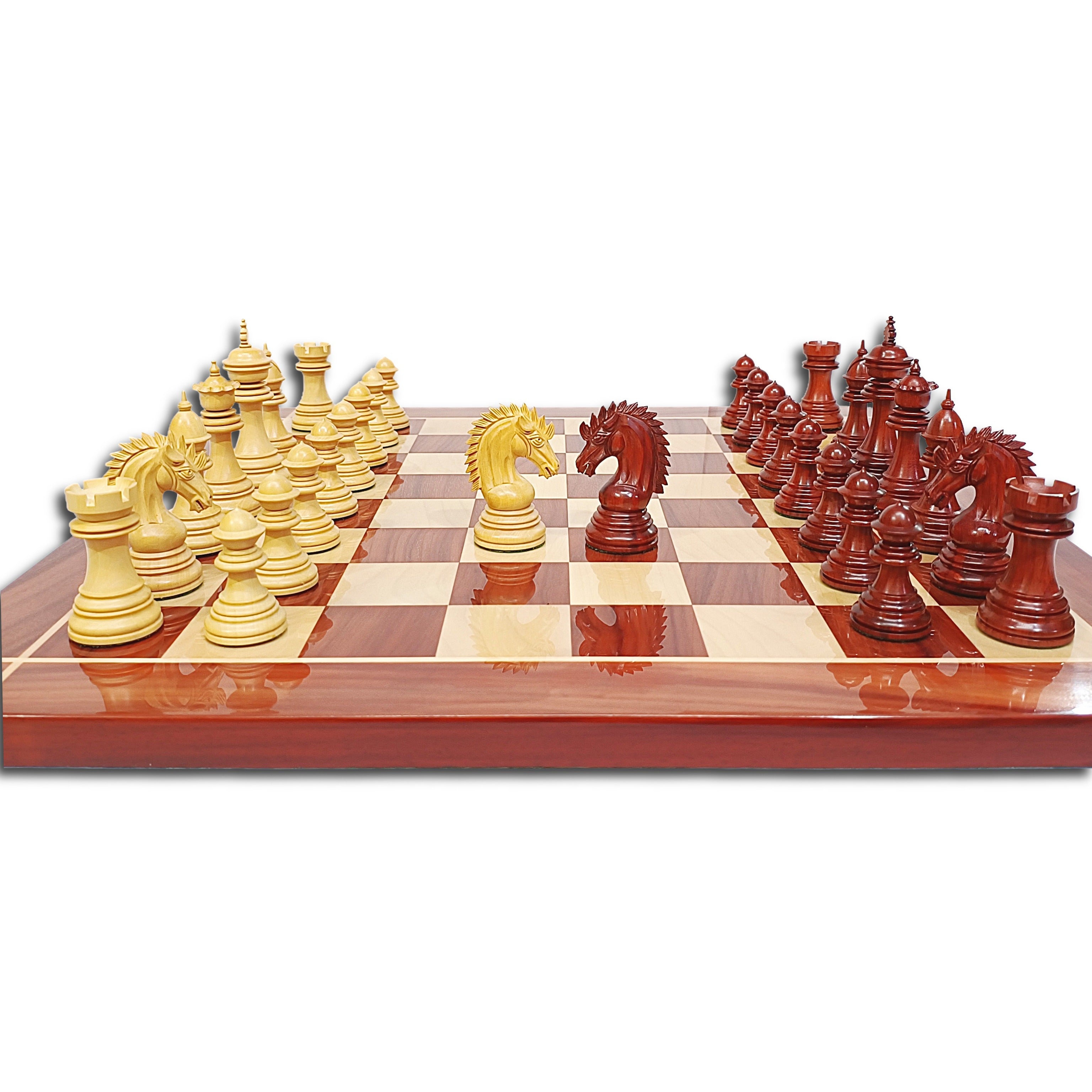

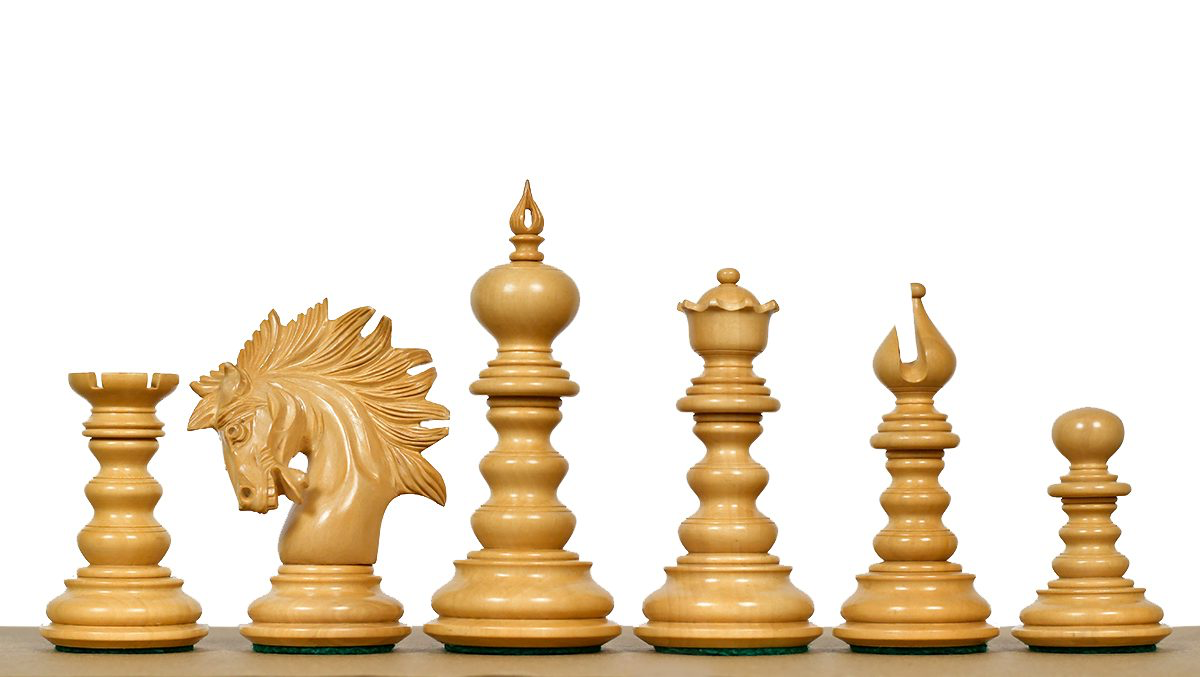
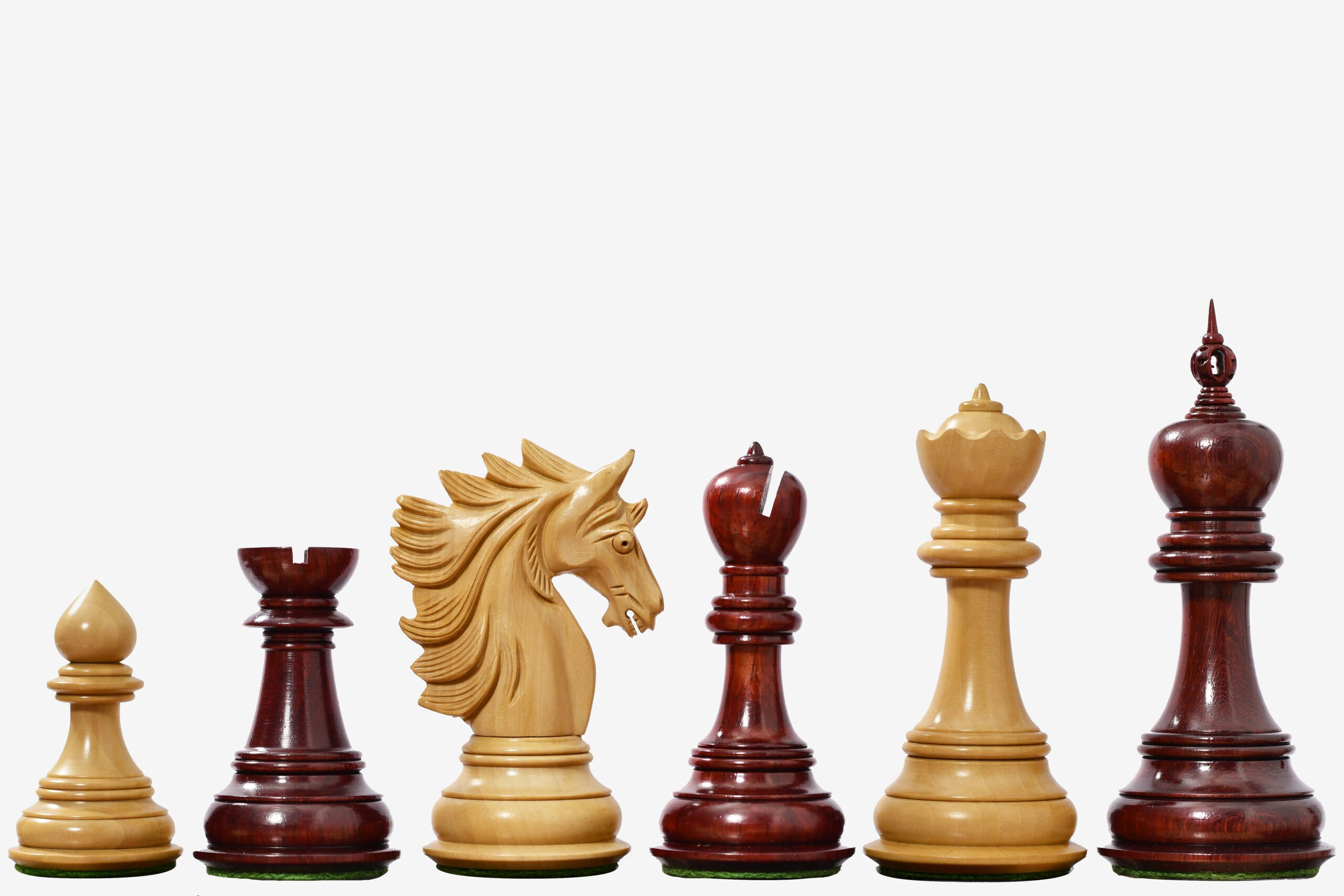
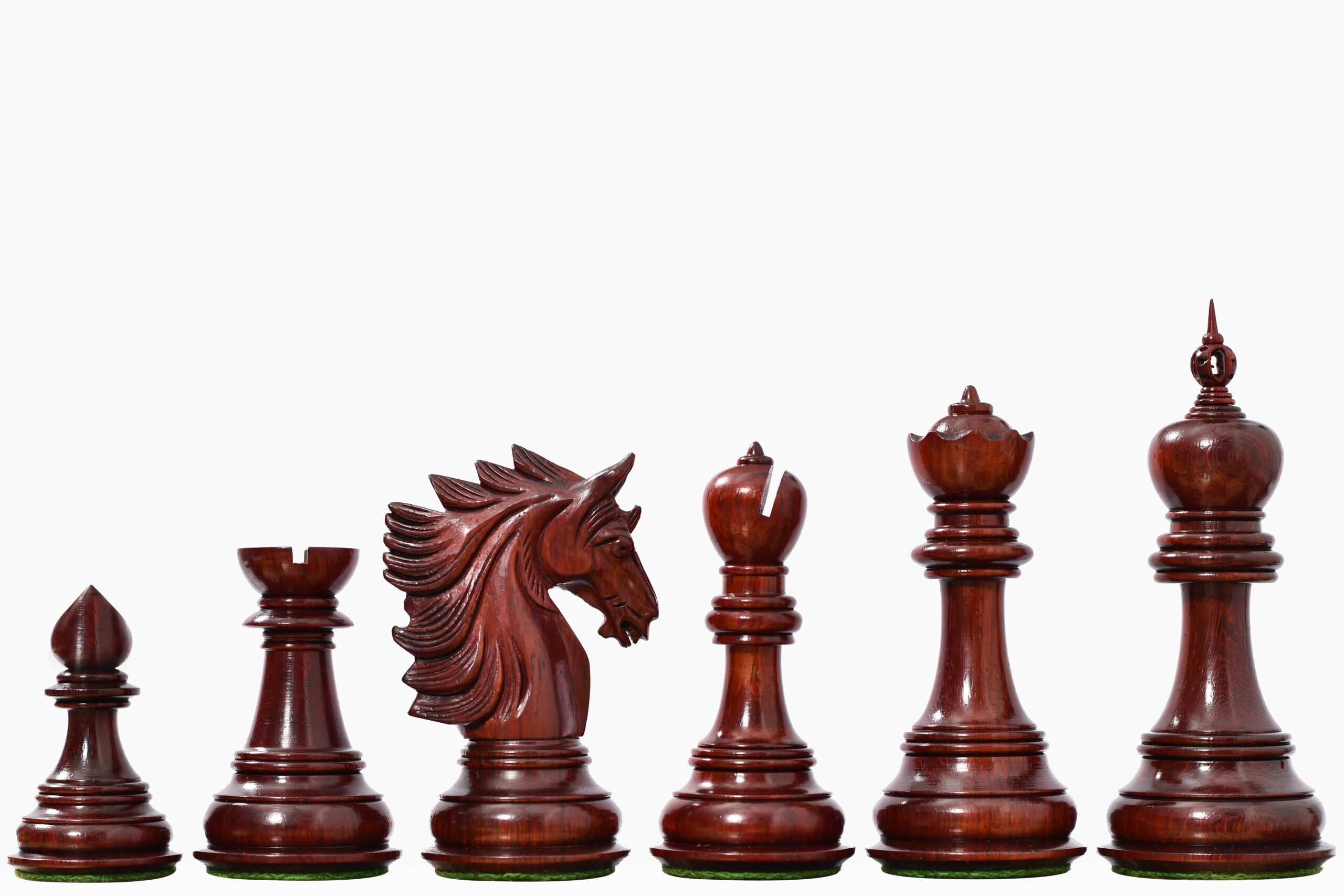
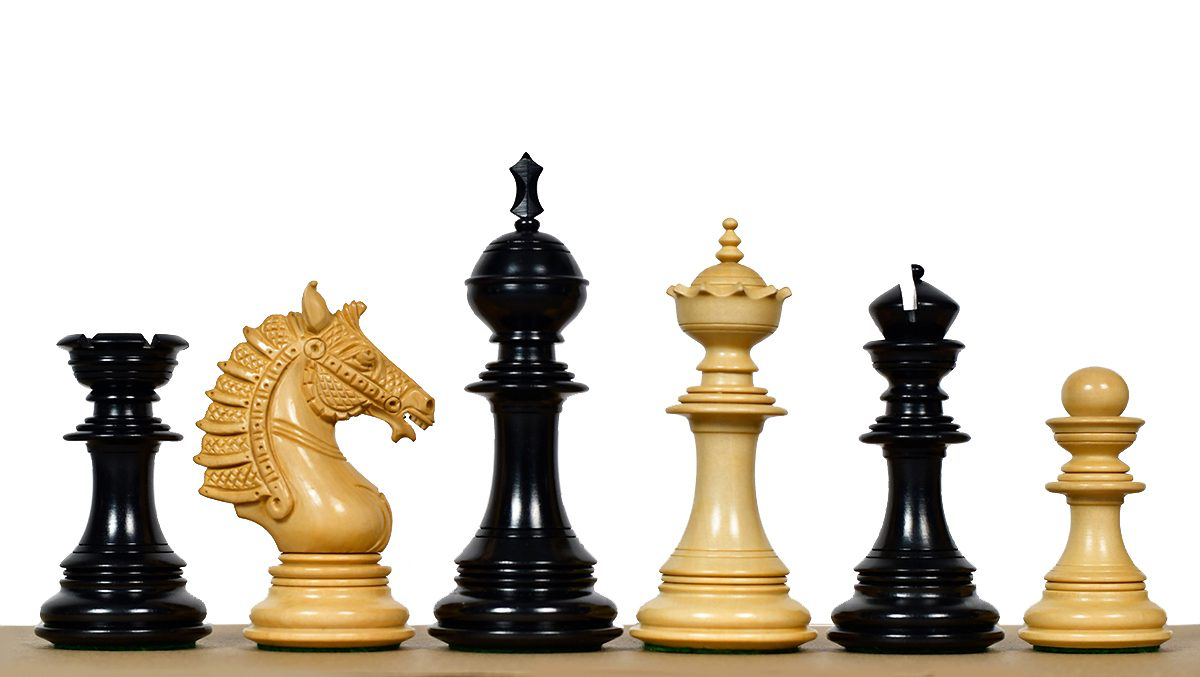
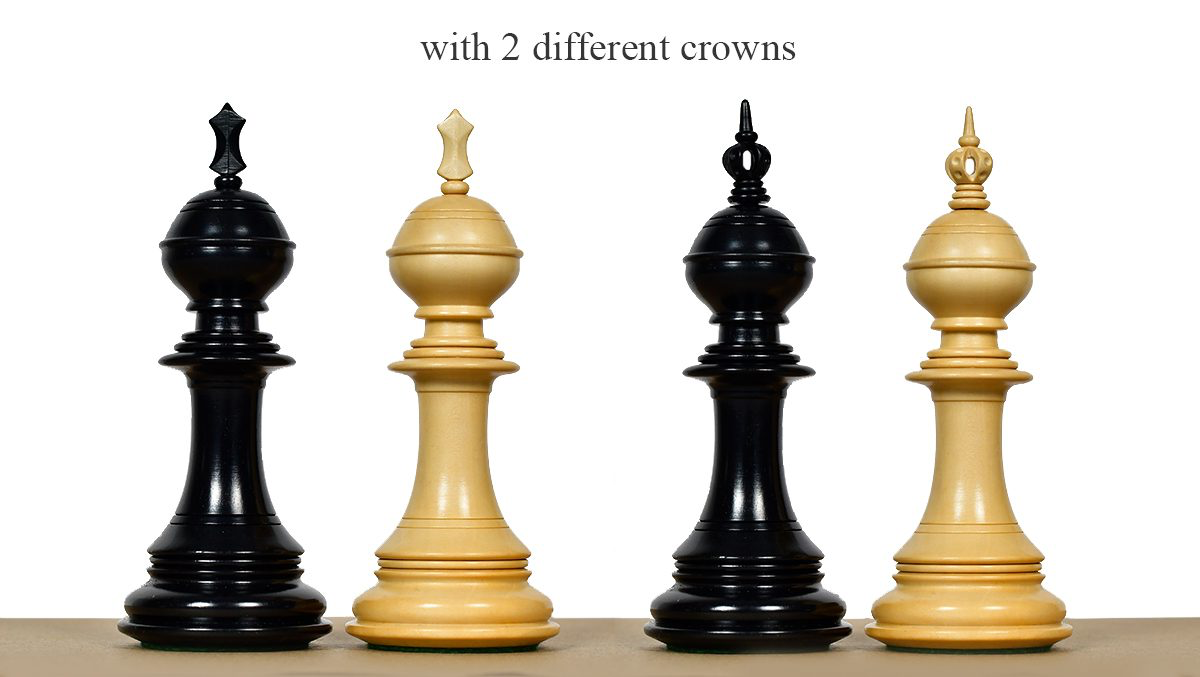
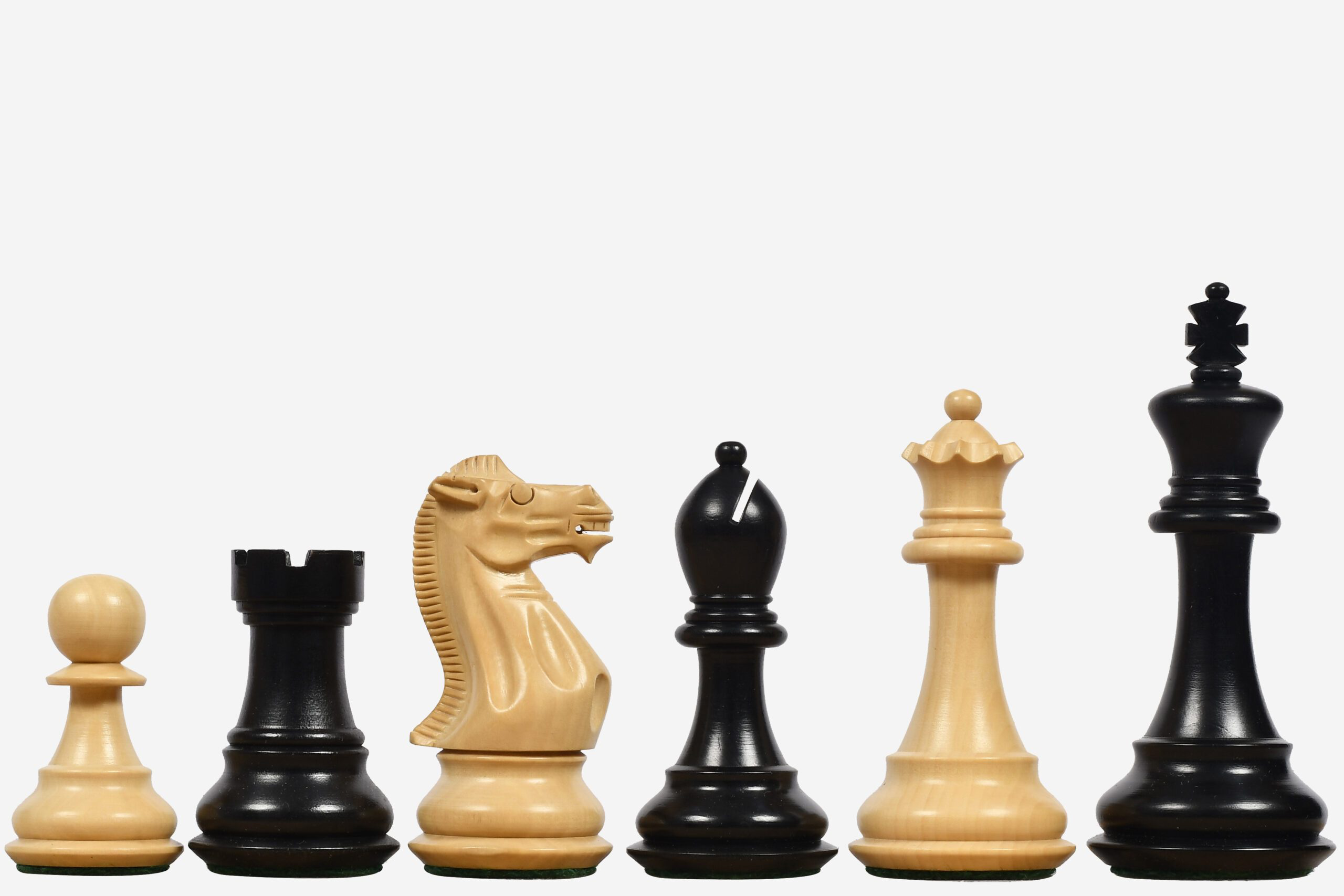
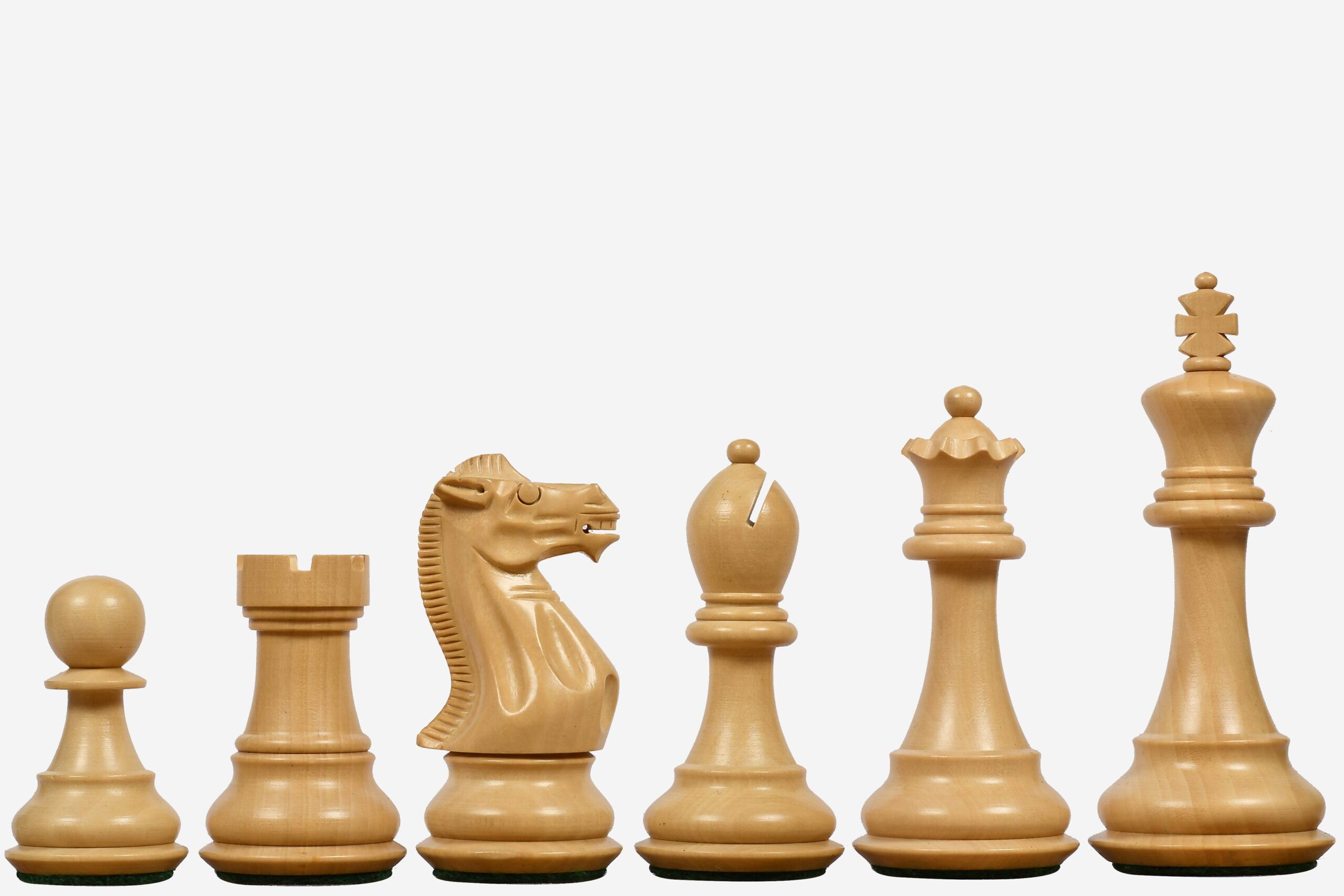
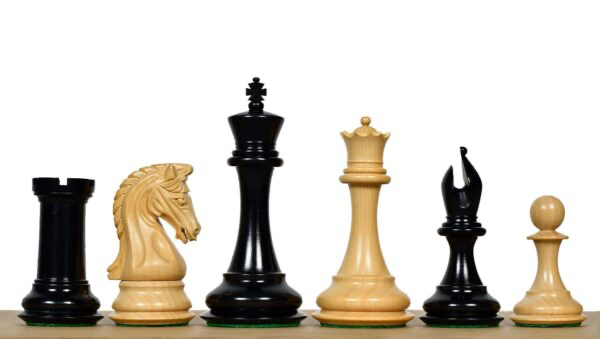
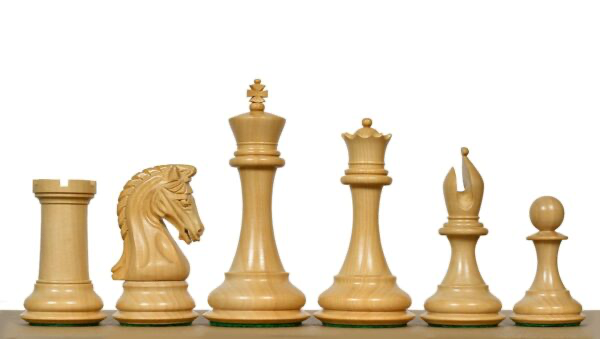
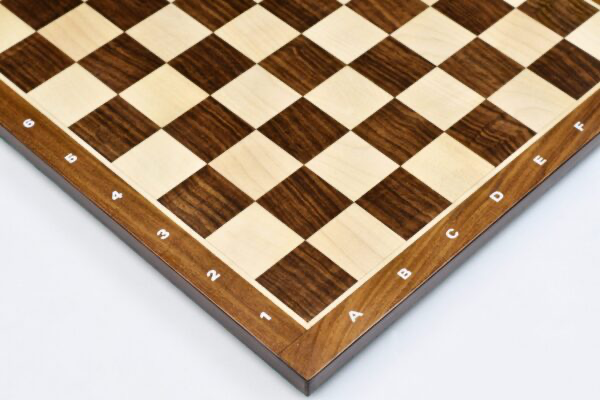
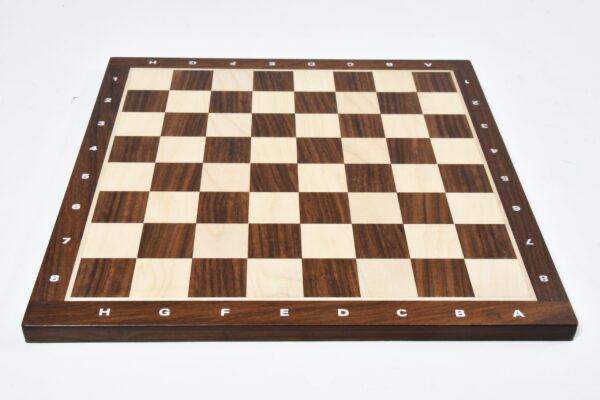
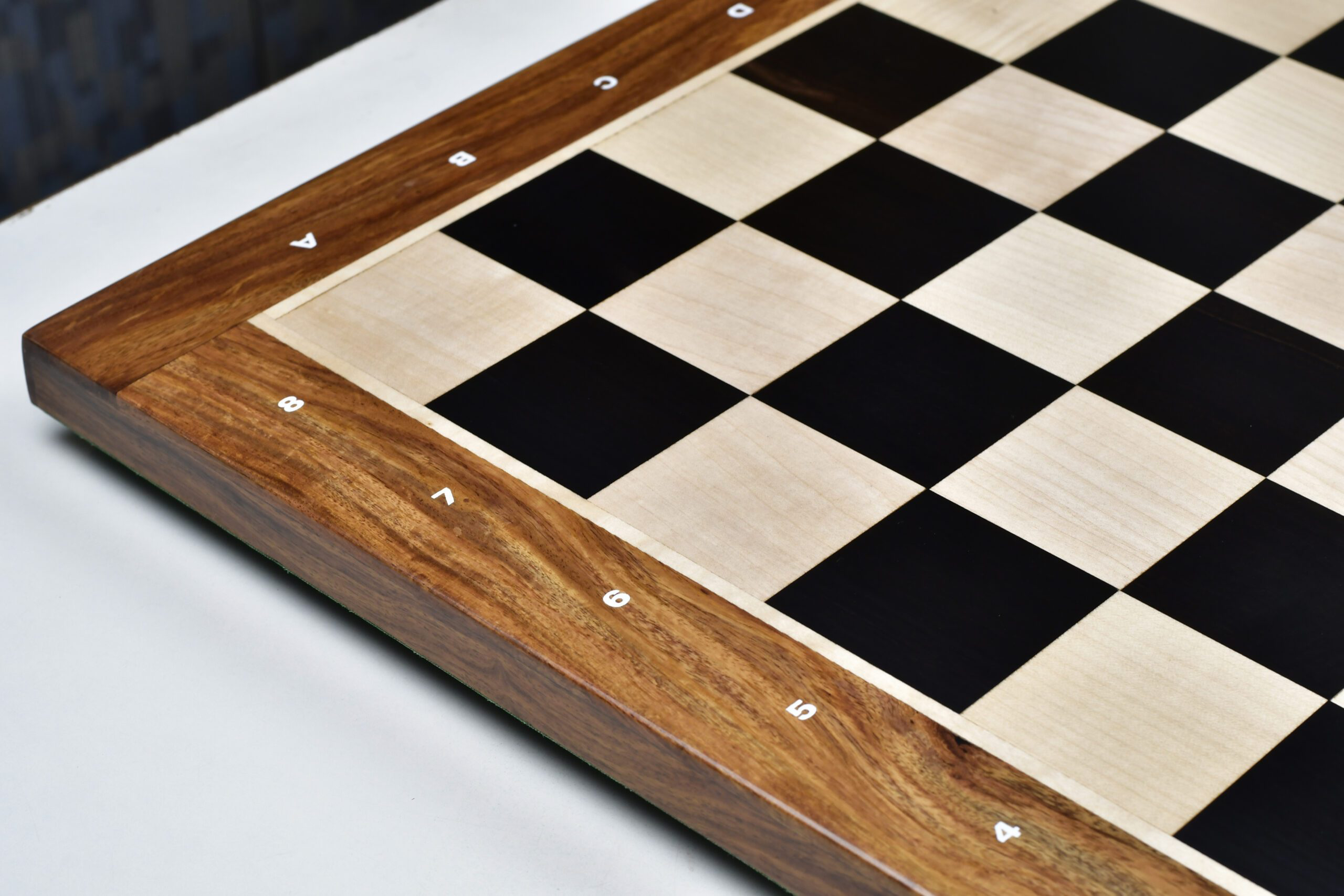
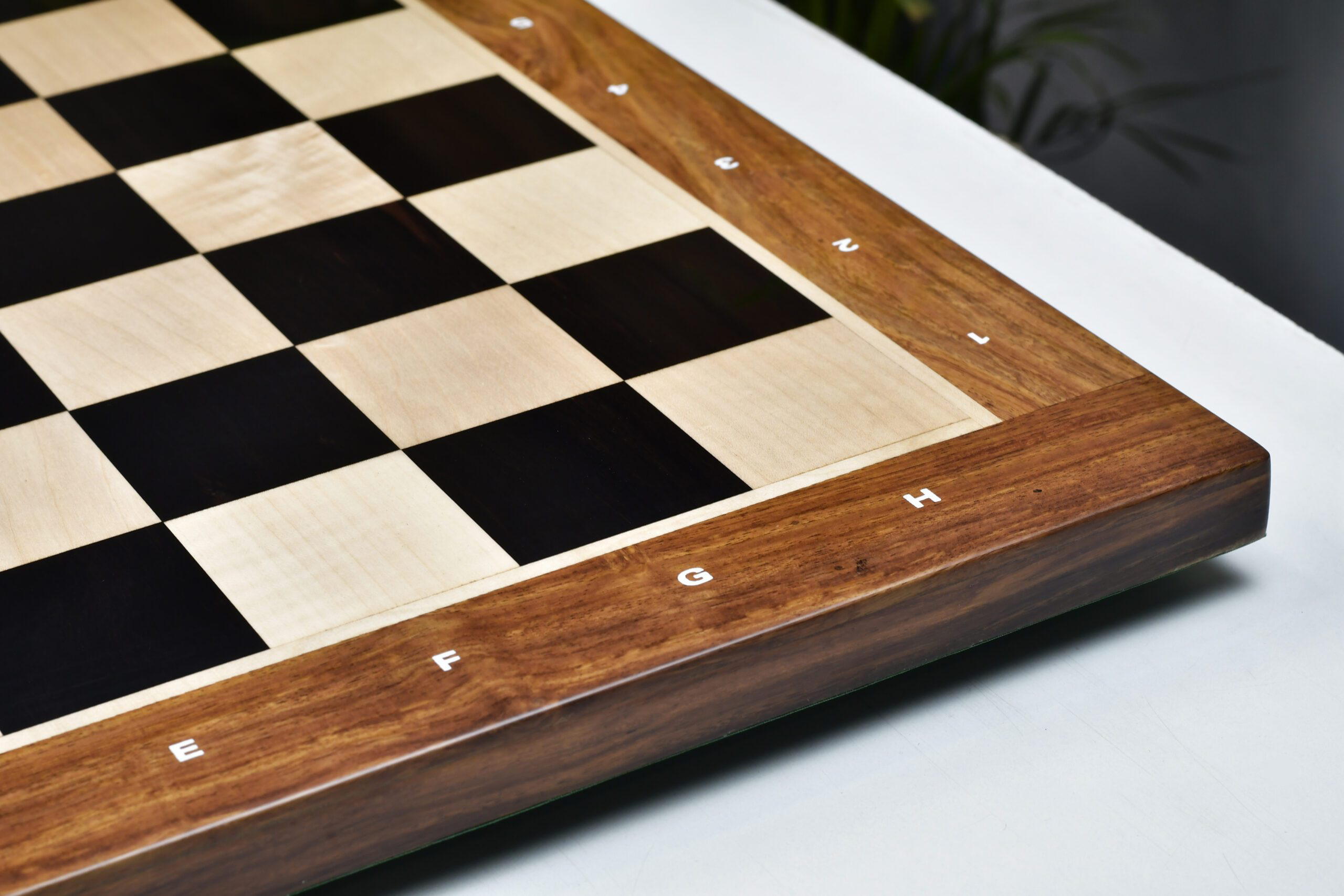


Leave a comment
All comments are moderated before being published.
This site is protected by hCaptcha and the hCaptcha Privacy Policy and Terms of Service apply.